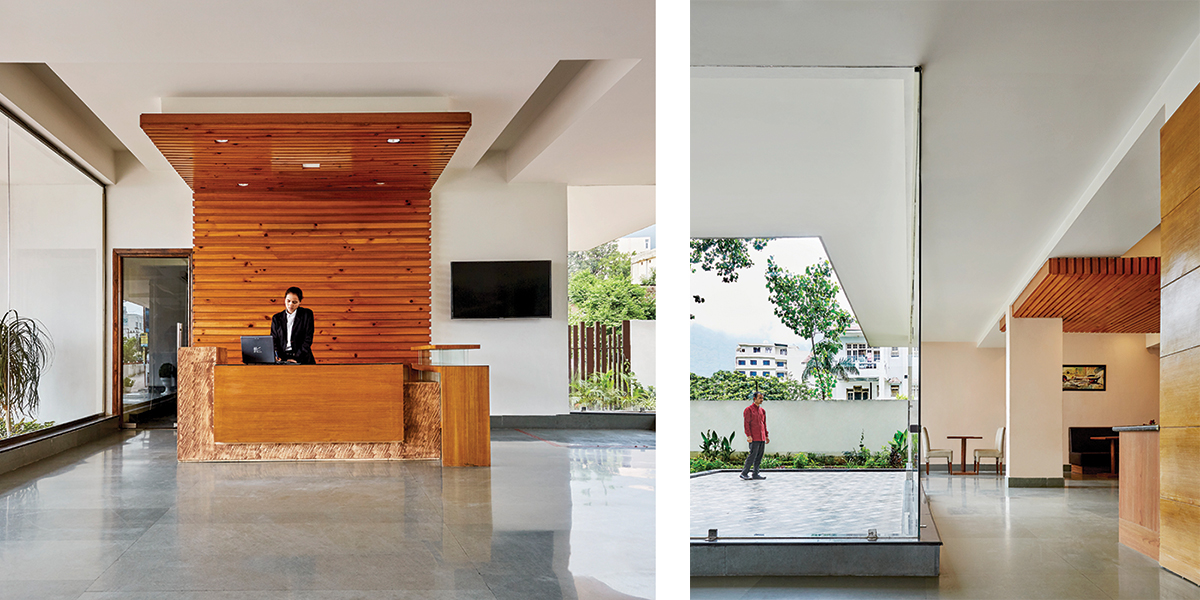We need to discard the concept of forced green building rating systems with half-baked approaches, and focussing instead on pre-setting the target points at the conception of a project’s design.
Shweta Kaw - Architect, Studio Meraki
If India is expecting to build 2,000,000 rural residential units by 2026, the likely built-up will be 100,000,000 sqm. During 2016-18, the achieved figure was 1.86 rural residential units. The likely expenditure at a conservation cost index (excluding land cost) of Rs.17,500/- per sqm, the cost should be to the tune of an outlay of Rs. 1,75,000 crore (USD 21.20 billion). With residential construction costs of Rs. 11.80 trillion (USD 145 billion) in year ending 2022, building sustainably will go a long way in saving costs and also in getting better cost benefits.
Sustainability will help save two important resources: the topsoil and water. This can be achieved by alternate walling materials and methods for fired clay bricks, which continue to be used and are depleting the topsoil from agricultural land parcels close to major urban city centers like Delhi and NCR (as an example). Water needs to be used sparingly for brick walling, casting of RCC elements, and for finishing items like plastering, including curing of cement-based elements.

Alternate materials that can replace clay bricks are Fly Ash Bricks, Autoclaved Aerated Concrete Blocks (AAC), and Precast concrete wall panels interlocked into RCC frames. Replacing internal cement mortar plaster with gypsum plaster or exposed AAC block-work and concrete walling will save potable water. On a planning level, 5% of the residential built-up is earmarked for commercial outlets like shopping malls and neighbourhood amenities like restaurants, movie theatres etc. So, making sustainable green buildings is a simple choice.
Studio Meraki projects are influenced by sustainable design practices; we always strive to incorporate features that maximise daylighting, airflow, and achieve good indoor air quality as a basic standard, irrespective of the budget, cost and other client constraints. There is emphasis on using materials with low embodied energy and keeping in mind their toxic emission levels as well as recyclability.
















